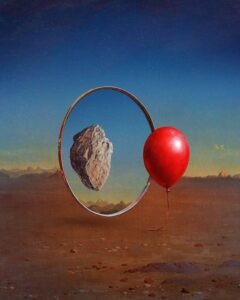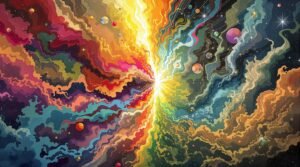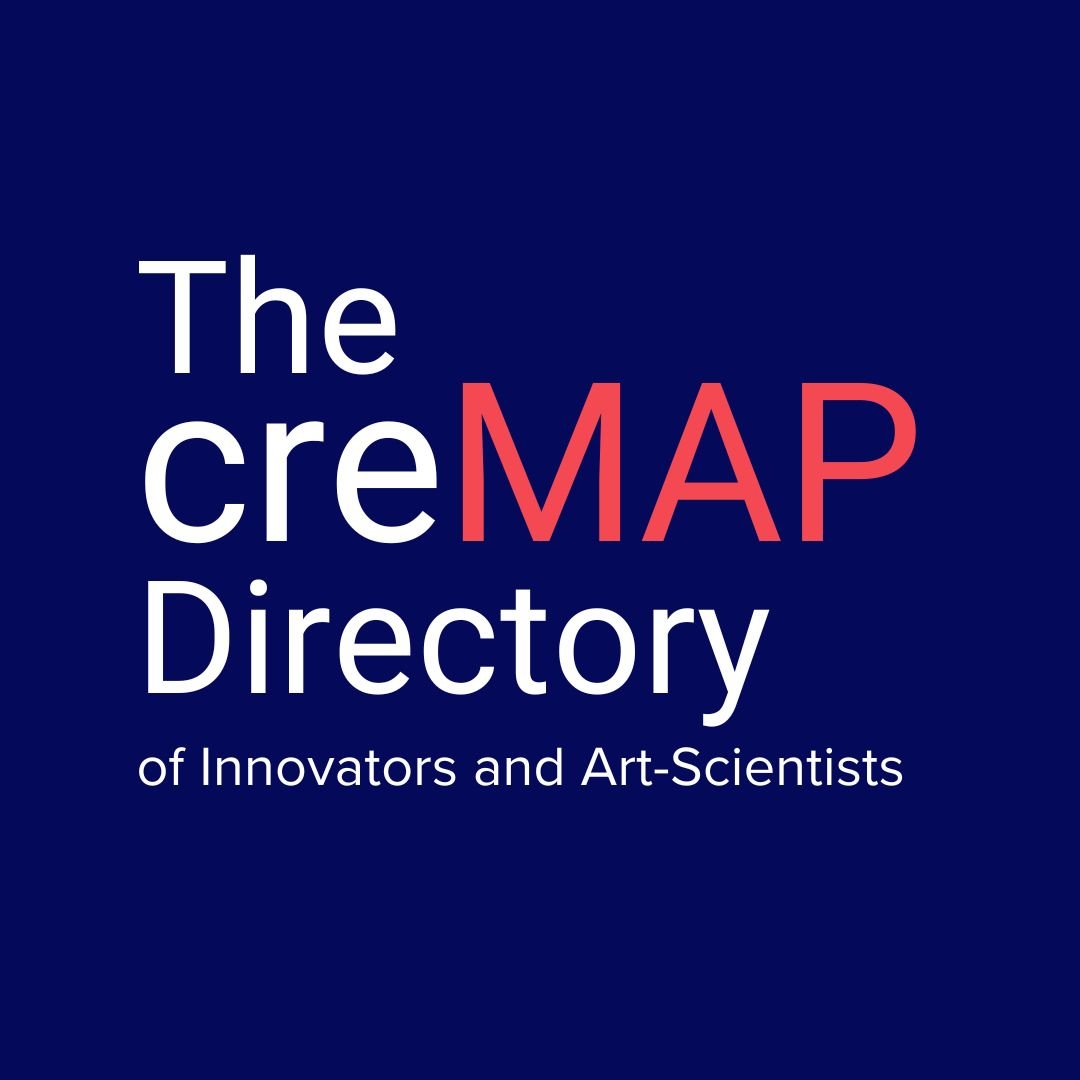For Linnea Kirby, creativity means shining a light on what often goes unseen. With a background in electrical engineering, circus performance, and visual arts, Linnea describes herself as a creative technologist—someone who builds interactive systems that bring together technology, performance and human expression. Her projects often circle around the theme ‘making the hidden visible’.
Beyond Boxes
Linnea has never fit neatly into categories. During her undergraduate studies, she bounced between psychology, computer science, French and the arts, before eventually settling on psychology as a major. “I’ve always struggled with fitting into boxes,” she admits. “Our education system really separates disciplines, but for me they all fit together in ways that aren’t usually recognized.”
This resistance to rigid divisions is central to her approach. Rather than forcing a choice between art and science, Linnea lets them intertwine naturally—whether in a coding algorithm, a dance rehearsal or a printmaking project.
Effort Behind the Performance
A lifelong dancer who later trained in circus arts, Linnea became fascinated by the hidden labor in performance. “Performers put in so much effort to make things look effortless,” she explains. “But that effort is still there, and I want to harness it.”
Her goal is to transform unseen strain—muscle tension, fatigue, pressure—into sensory outputs like light or sound. In doing so, performers gain new tools for expression, while audiences gain a deeper understanding of the rigor behind the spectacle.
She offers the example of circus audiences: experienced viewers recognize the difficulty of a long handstand, while newcomers may only cheer for flashy splits. By making invisible factors like fatigue perceptible, both groups can share a more equal appreciation.
Technology as a Bridge
Linnea’s graduate thesis focused on exactly this: building systems that capture hidden physical signals and translate them into new experiences. She developed a pressure-sensitive mat paired with haptic gloves, designed to help hand balancers refine posture by receiving real-time feedback.
But her most exciting work came when she shifted from pedagogy to performance. By outfitting performers with sensors that monitor muscle activation, Linnea turned invisible exertion into light patterns and sound. In some versions, weight shifts on the mat even became musical inputs, transforming the stage floor into an instrument.
“It’s about giving agency back to the performer,” she says. “Instead of hiding the strain, you can use it as part of the art.”
Why Visibility Matters
Making the hidden visible is not only about circus or dance. Linnea points to broader examples, like the invention of microscopes making germs real to skeptics. In performance, as in science, visibility builds understanding.
She also highlights parallels with healthcare. In one project she assisted, biometric sensors translated physiological signals into music for patients unable to speak or move. “It allowed them to communicate with loved ones,” she recalls. “Even if they couldn’t speak, they could still express agitation or calm through sound.”
For Linnea, this illustrates the potential of her approach far beyond the stage: from empathy in medical contexts to new dimensions of audience engagement, visibility fosters connection.
Balancing Control and Unpredictability
Performance, Linnea emphasizes, is a constant dance between control and unpredictability. Every trick, no matter how chaotic it appears, is carefully rehearsed for safety. Yet accidents and surprises remain part of live art.
Her designs embrace this tension. Inspired by digital instruments that “converse” with their players, Linnea imagines performance systems that respond unpredictably to an artist’s movement. “I want a performer to have a conversation with the space,” she explains, “to not fully know what’s going to happen, but to create a symbiotic relationship with their environment.”
Lessons Across Disciplines
Linnea also sees lessons for both engineers and performers. Engineers, she argues, sometimes push technology without asking whether it serves real human needs. Performers, meanwhile, may shy away from technology, seeing it as intimidating or unnecessary. “Neither attitude is useful,” she notes. “We need a middle ground where technology is playful, accessible, and expressive.”
By making the hidden visible, Linnea hopes to bridge that divide—helping technologists remember the human side of their inventions, and helping performers see technology as a tool for creativity rather than a barrier.
Closing Thoughts
At its core, Linnea’s practice is about connection—between body and machine, effort and expression, performer and audience. By transforming unseen labor into shared sensory experiences, she reframes what it means to witness performance.
The unseen is always present in our lives: the hidden strain behind a dancer’s balance, the invisible germs that shaped medical history, the silent signals of patients unable to speak. Linnea’s work reminds us that when these hidden dimensions are revealed, they can deepen empathy, expand artistry, and open new ways of knowing.
Making the hidden visible is more than a technical challenge. It is an act of translation, imagination, and care.




